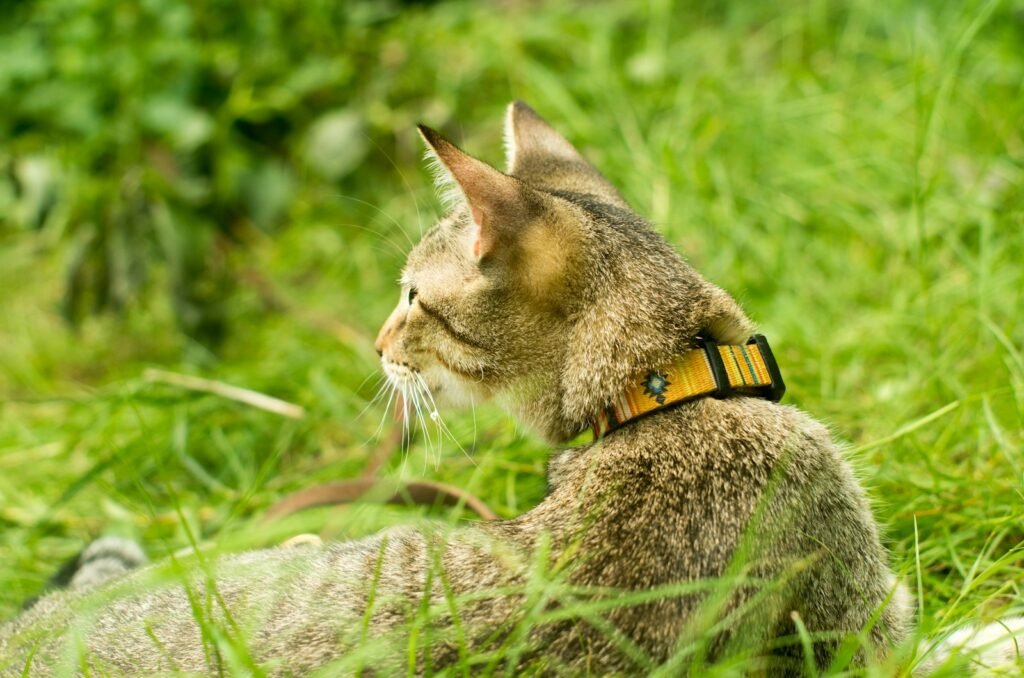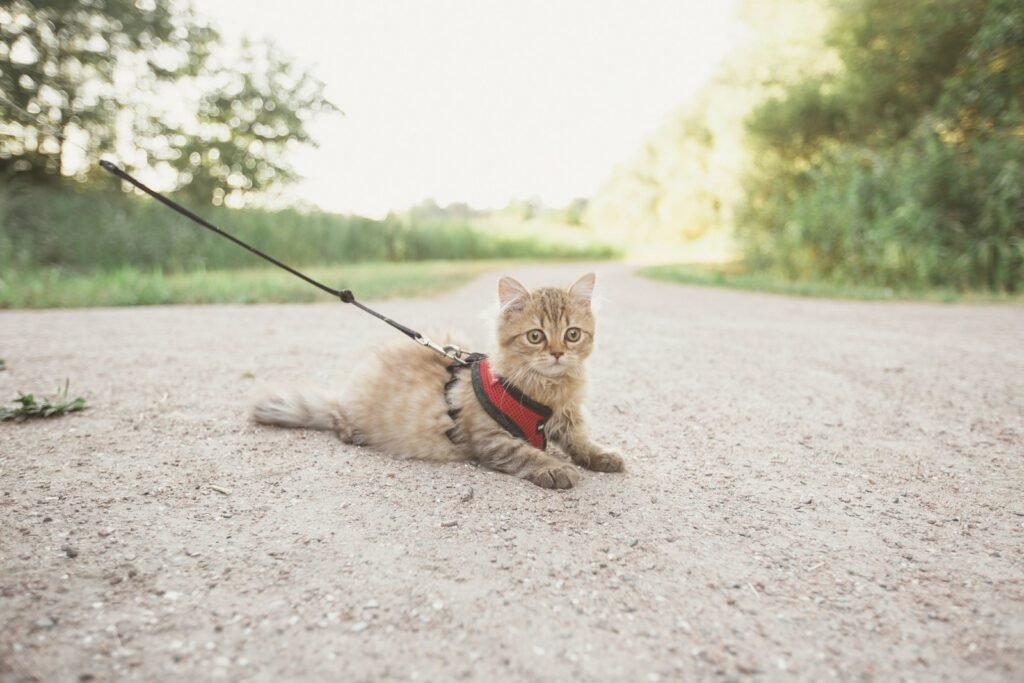The question of whether cats should be kept on leashes outdoors is a subject that sparks debate among pet owners, veterinarians, and animal behaviorists. While many view cats as independent creatures that thrive on freedom, others argue for leashed outings to ensure their safety. This article delves into various aspects that can inform an educated decision on this matter.
Understanding Feline Behavior

Cats are naturally curious and territorial animals. They have a strong instinct to explore, hunt, and mark their territory, which makes the outdoors appealing. However, understanding these instincts is crucial to assessing whether leash walks can work for your feline friend.
Safety Concerns Outdoors

Outdoor environments pose significant risks to cats, including traffic, predators, and even toxic plants or substances. Leashing your cat can mitigate some of these hazards, providing a controlled environment where owners can monitor their pet’s safety closely.
The Environmental Impact of Free-Roaming Cats

Cats are natural hunters, and their activities can severely impact local wildlife populations, particularly birds and small mammals. Leashing cats not only protects wildlife but also contributes to balancing the ecosystem, a point often emphasized by conservationists.
Health Benefits and Risks

Outdoor exploration can offer cats physical exercise and mental stimulation, contributing to their overall well-being. However, it also exposes them to health risks such as parasites and diseases. Leashing can help owners control and reduce these risks while still offering benefits.
Training Your Cat to Walk on a Leash

Training a cat to walk on a leash requires patience and time. It involves getting the cat accustomed to wearing a harness and gradually introducing the outdoor environment. Clicker training and treats can be useful tools in this process, rewarding the cat for positive behavior.
Choosing the Right Leash and Harness

Not all leashes and harnesses are created equal. Selecting the appropriate, comfortable, and secure harness specifically designed for cats is crucial. A well-fitted harness ensures that your cat cannot easily slip out, which is a common concern with feline escape artists.
Pros of Leashing Cats Outdoors

Leashing provides a balanced approach to outdoor exploration. It allows cats to experience new sights and smells while maintaining a level of safety. It also strengthens the bond between the cat and its owner through shared experiences and offers peace of mind to the latter.
Cons and Challenges of Using Leashes

Despite the benefits, some cats may strongly resist being leashed, resulting in stress and anxiety. Additionally, not all environments are conducive to leashed walks, with factors such as other animals and loud noises posing challenges. Some owners might find these constraints significant.
Alternatives to Outdoor Leashing

For those still uncertain about leashing, alternatives include supervised outdoor enclosures, cat patios (or “catios”), or indoor environmental enrichment. These options provide stimulation and safety without the challenges of leash training.
Conclusion: Balancing Safety and Freedom

The decision to leash a cat outdoors is nuanced and depends on the individual cat’s personality, the environment, and owner preferences. Assessing these factors, along with the potential safety benefits and training commitment, can lead to a decision that promotes a cat’s health and happiness.

Growing up traveling and experiencing new cultures and wonders, I have had a passion for nature, adventuring, photography, and videography. I am currently working towards a BSc in Biodiversity and Ecology at Stellenbosch University, and I hope to specialise in Marine Sciences one day.
Please send any feedback to Feedback@animalsaroundtheglobe.com






